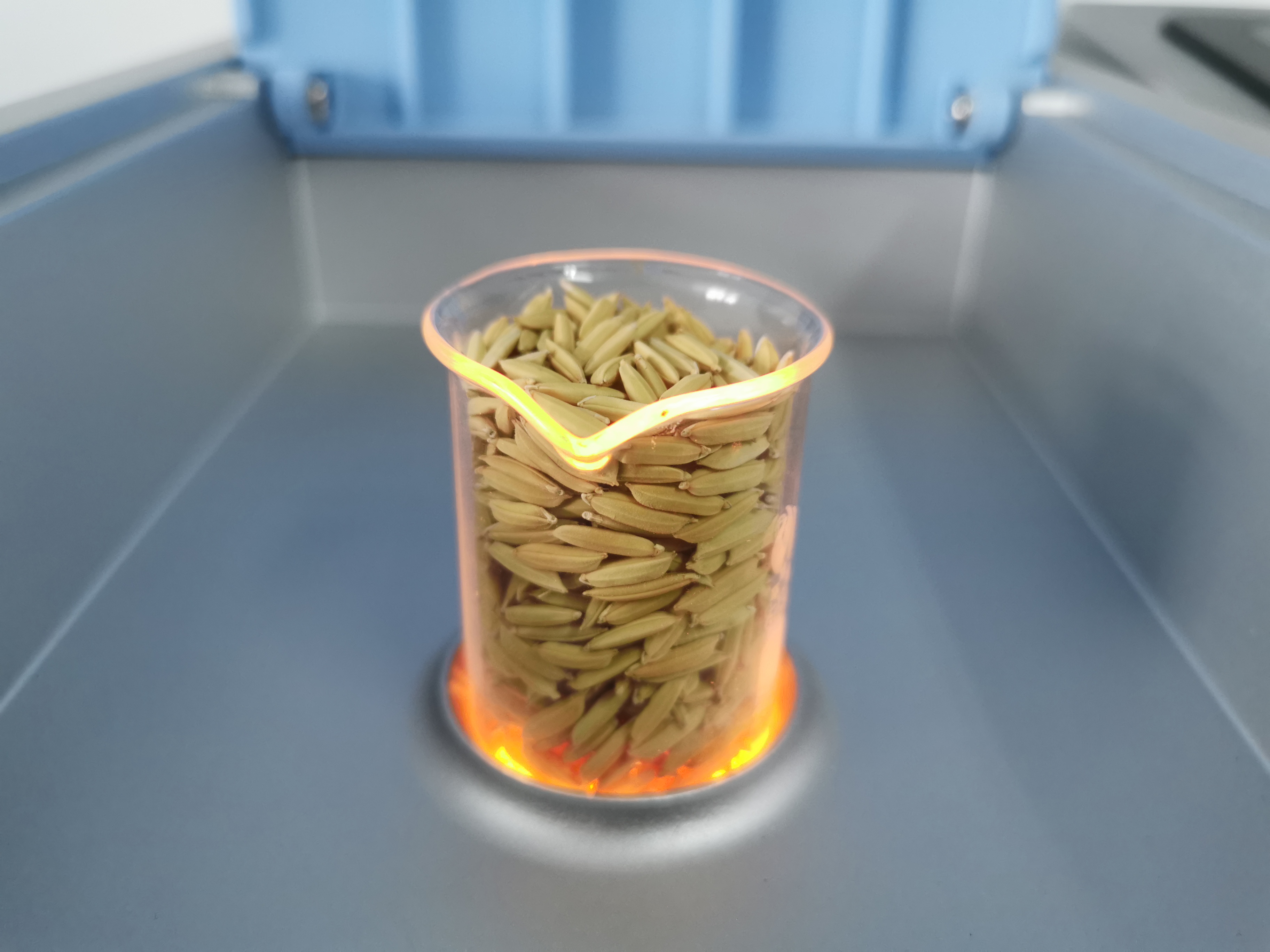
The DArk Matter Particle Explorer (DAMPE, also known as “Wukong”) Collaboration has obtained a high-precision cosmic-ray boron spectrum in the energy range of 10 GeV/n–8 TeV/n, and discovered a spectral "hardening" phenomenon around 182 GeV/n for the first time.
A research team led by Dr. SHEN Jinhua from the Xinjiang Astronomical Observatory has investigated rapid spatiotemporal vertical electric currents during an X-class flare. The findings were based on high-cadence magnetograms and extreme ultraviolet observations from the Solar Dynamics Observatory of NASA.
A research team led by Prof. WANG Long from the Ningbo Institute of Materials Technology and Engineering of the Chinese Academy of Sciences has developed a highly stretchable and conductive foam sensor with an ultra-wide operational range using supercritical CO2 (scCO2) foaming.

A research team at the Hefei Institutes of Physical Science of the Chinese Academy of Sciences proposed a novel model optimization algorithm named External Calibration-Assisted Screening. This breakthrough significantly enhances the prediction robustness of Near-Infrared Spectroscopy quantitative models.

A team of researchers led by Prof. JIANG Changlong from the Hefei Institutes of Physical Science of the Chinese Academy of Sciences has developed a fast and simple way to detect harmful pesticide residues, with results visible to the naked eye in just 10 seconds.
A recent study led by Dr. HONG Junchao from the Yunnan Observatories of the Chinese Academy of Sciences (CAS) reported the first direct observational evidence of oscillatory magnetic reconnection in a solar coronal bright point (CBP). This study provides insights into the mechanisms of energy release in small-scale solar structures and addresses the long-standing puzzle of coronal heating.

86-10-68597521 (day)
86-10-68597289 (night)

52 Sanlihe Rd., Xicheng District,
Beijing, China (100864)

